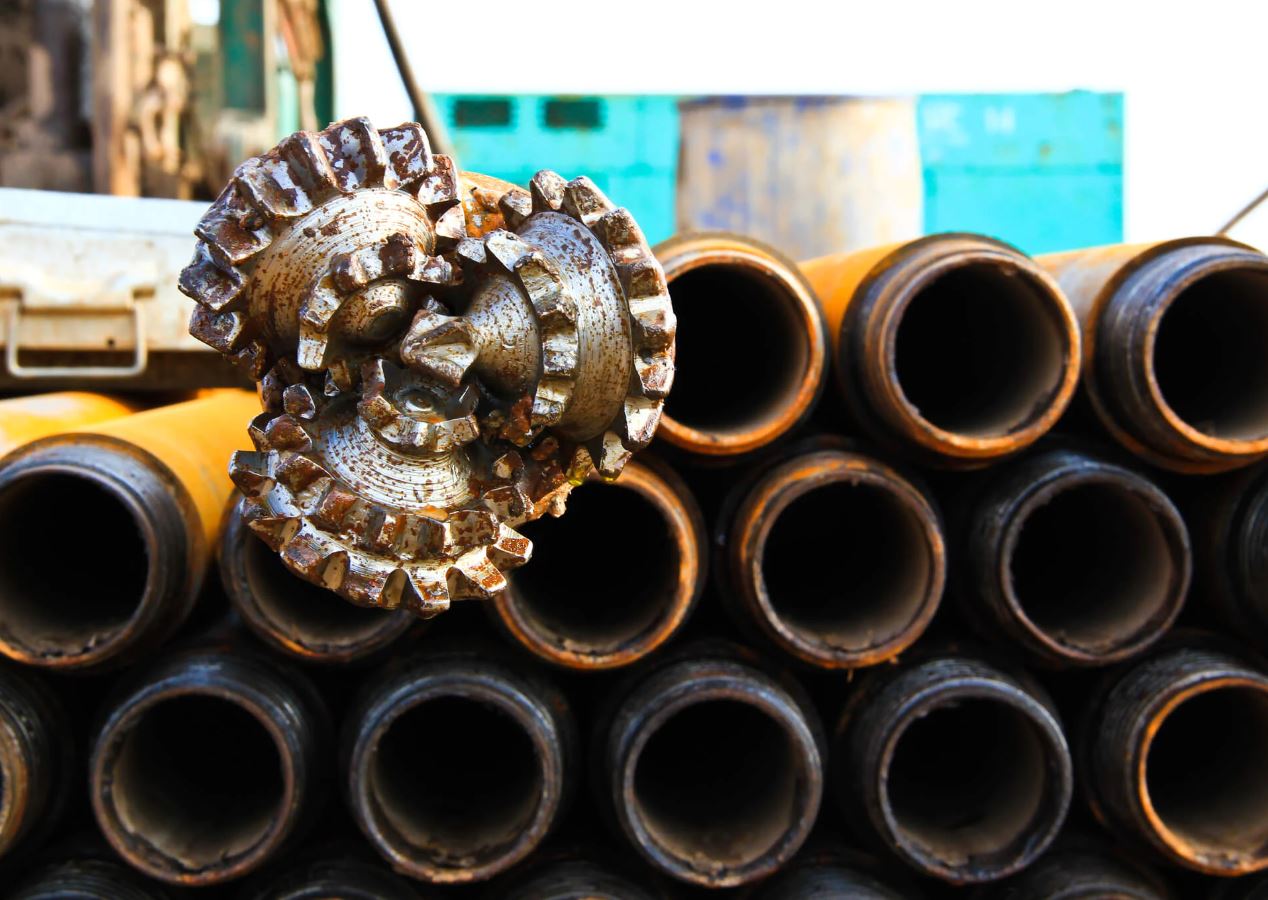Norway – According to Rystad Energy, the global market for oil and gas contractors will reach its peak in 2025 and stay at its current levels for a number of years.
Overall oil and gas spending will remain over $920 billion yearly on average for the years 2022 to 2028, helped by robust growth in the midstream sector of the business, which liquefies, transports, and re-gasifies natural gas.
Despite the possibility that oil and gas prices could fall again after 2025, oilfield service providers should be able to offset the downturn by expanding into other sectors of the larger energy market, thereby broadening the overall target market for contractors. The trick for vendors is to keep going after the clear prospects in geothermal energy, hydrogen, offshore wind, and carbon capture, utilization, and storage.
By 2025, the combination of this growth in other energy sectors and oilfield services could provide a $1 trillion market for suppliers, which might continue for a number of years after that. All service segments among the oil and gas suppliers may be broken down into nominal growth, with suppliers focusing on equipment and supplies as well as those offering operations and maintenance services leading the way.
Post-pandemic period
The post-pandemic rebound, record-high gas prices, and robust oil prices made last year a watershed year, enabling oil and gas corporations to increase their oil and gas investments by 20%. Concerns over energy security forced oil companies to increase production and hire suppliers for goods and services. As a result, the oilfield services sector quickly ran out of steel for casing and tubing as well as fracking fleets and rigs. Suppliers were able to charge double-digit percentage increases in price, which increased EBITDA margins (EBITDA refers to earnings before interest, taxes, depreciation, and amortization, a key metric for measuring profitability among companies). We are entering a highly promising 2023 after the recovery in 2022, with potential for 13% growth for both oil and gas investments and 10% increase for low-carbon investments.
Rehabilitation postponed
Since 2014, the oilfield services sector has experienced some instability. Oil prices and upstream investment were negatively impacted by an oversupply of oil volumes brought on by the US shale revolution, an OPEC-led volume war, Russia flooding the market, and a pandemic that lasted two years. Oil and gas suppliers as a result did not experience the several years of growth they truly need to transform their operations into a successful, flourishing firm in the new market climate. For the largest contractors, revenue decreased by about 60% from its high in 2014 to its lowest point in 2021. The market did not truly take off in 2017–19, despite initial optimism, as oil and gas producers maintained rigorous cash discipline and several areas of the oil and gas supply chain suffered with ongoing overcapacity.
Over the 2014–21 period, several areas and market categories experienced pockets of profitable marketplaces, but globally, corporate actors were unable to reverse the trend. When the top publicly traded service providers are examined, it becomes clear that not only were revenues down for seven years, but also total earnings, operational cash flow, margins, and stock performance.
Suppliers haven’t been able to reduce costs, modify capacity, and manage their debt in a way that would enable them to generate a profit despite a decline in market activity. In order to quickly increase their market share during a future market recovery, businesses have been holding onto their assets. Up until now, this rehabilitation has been postponed.





